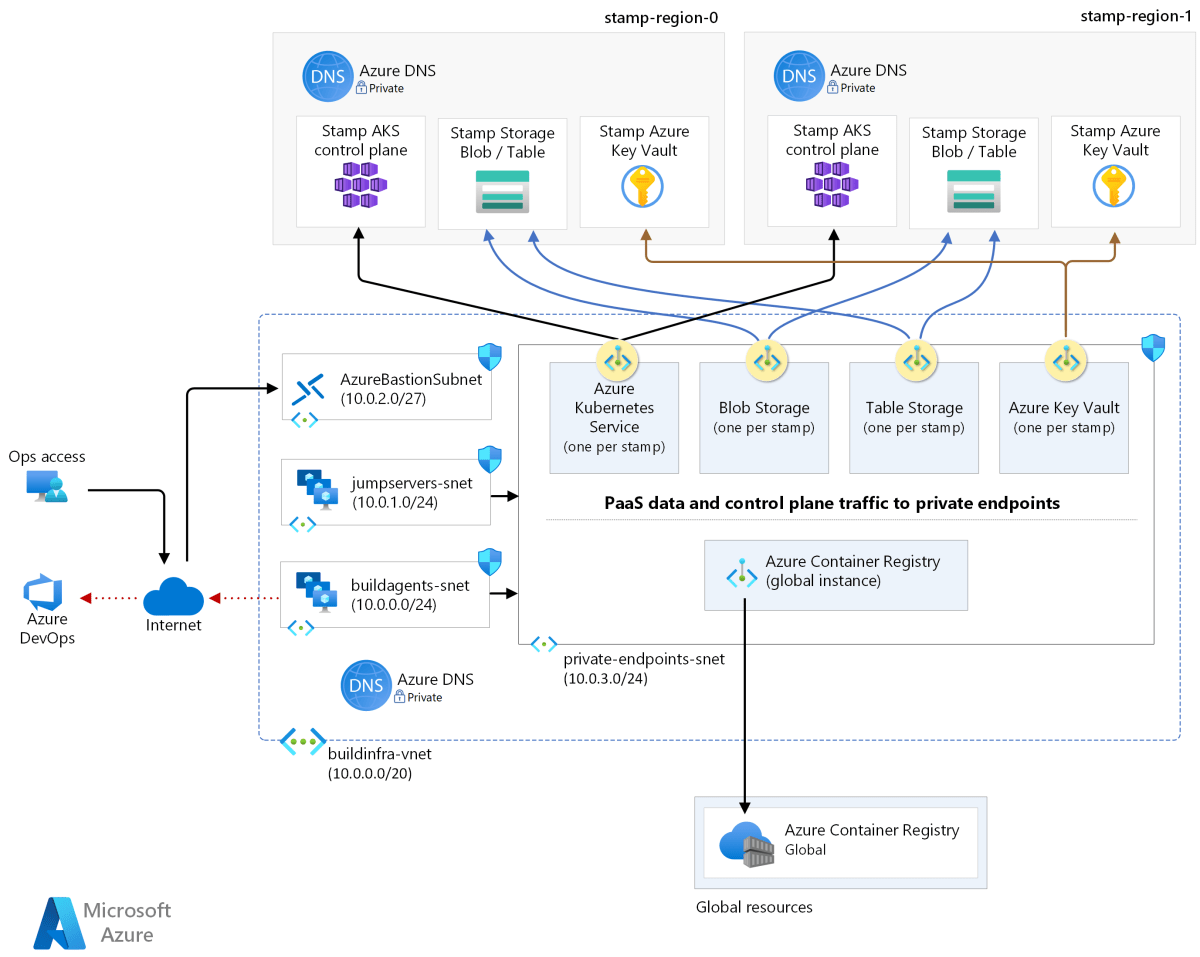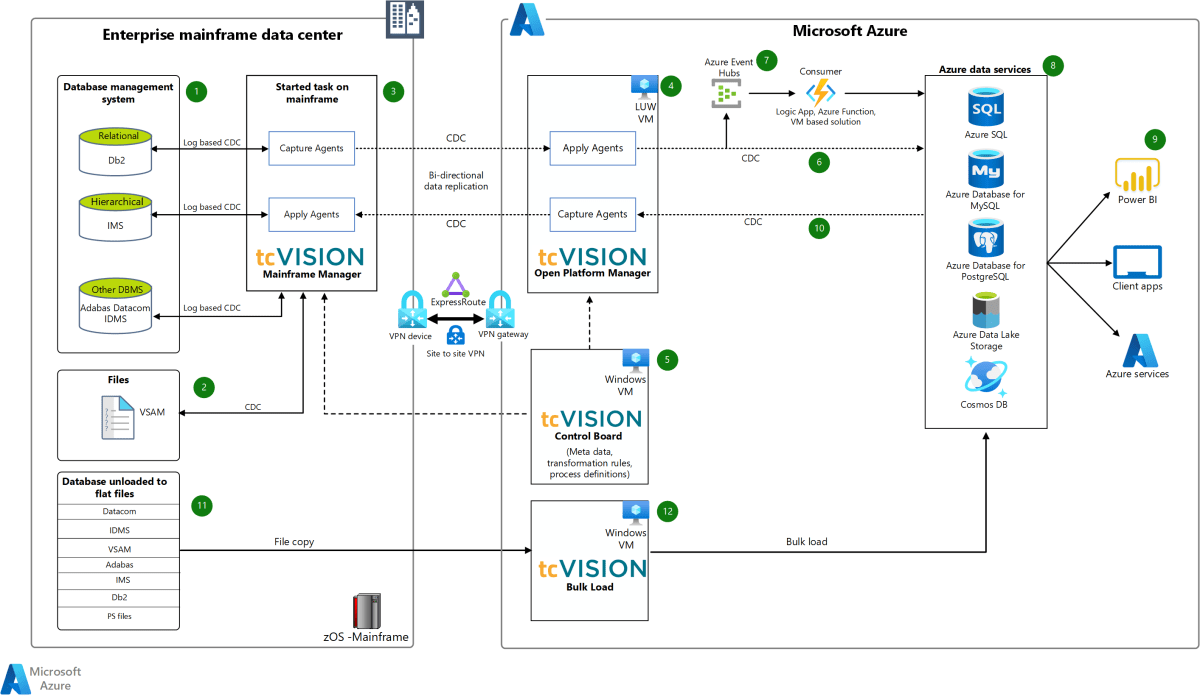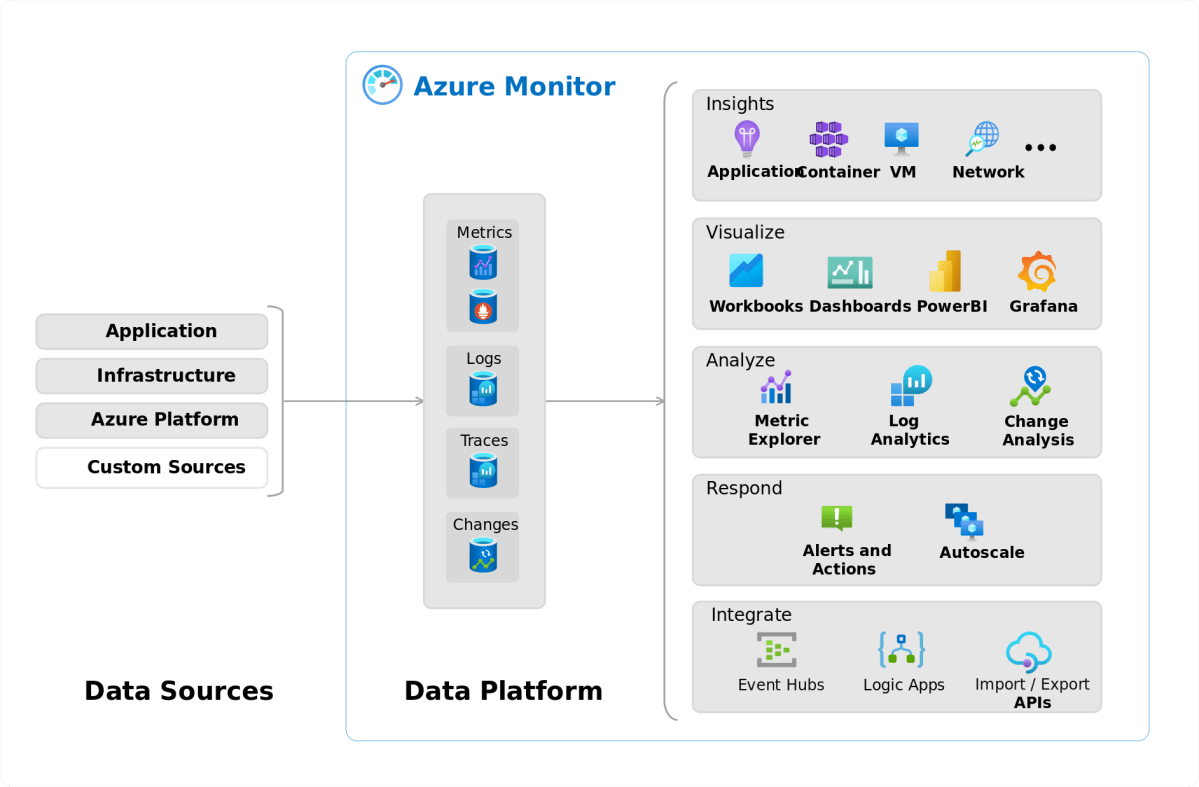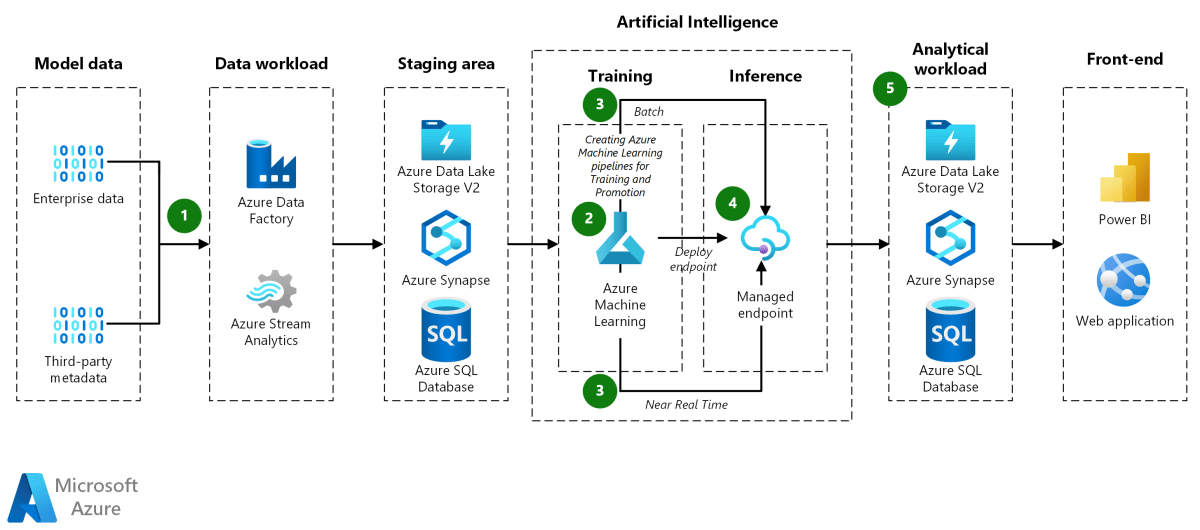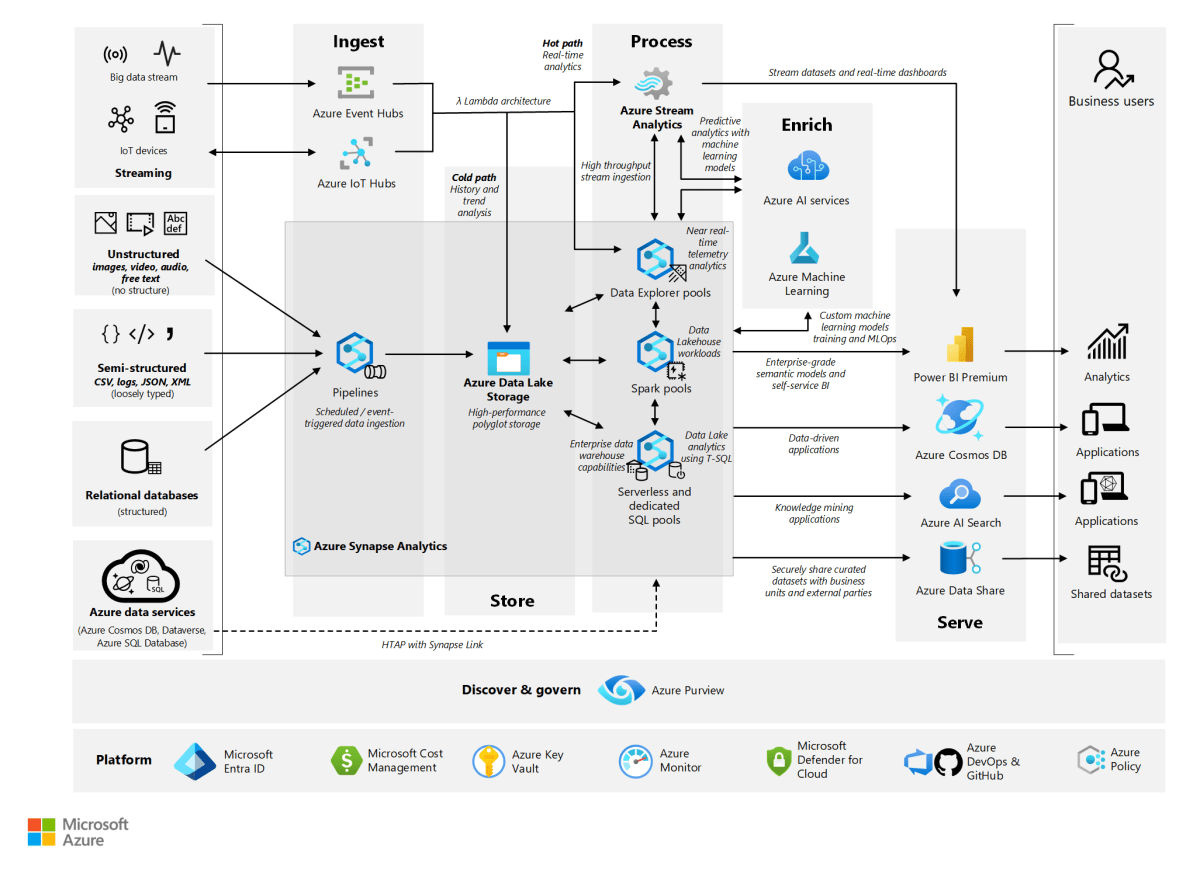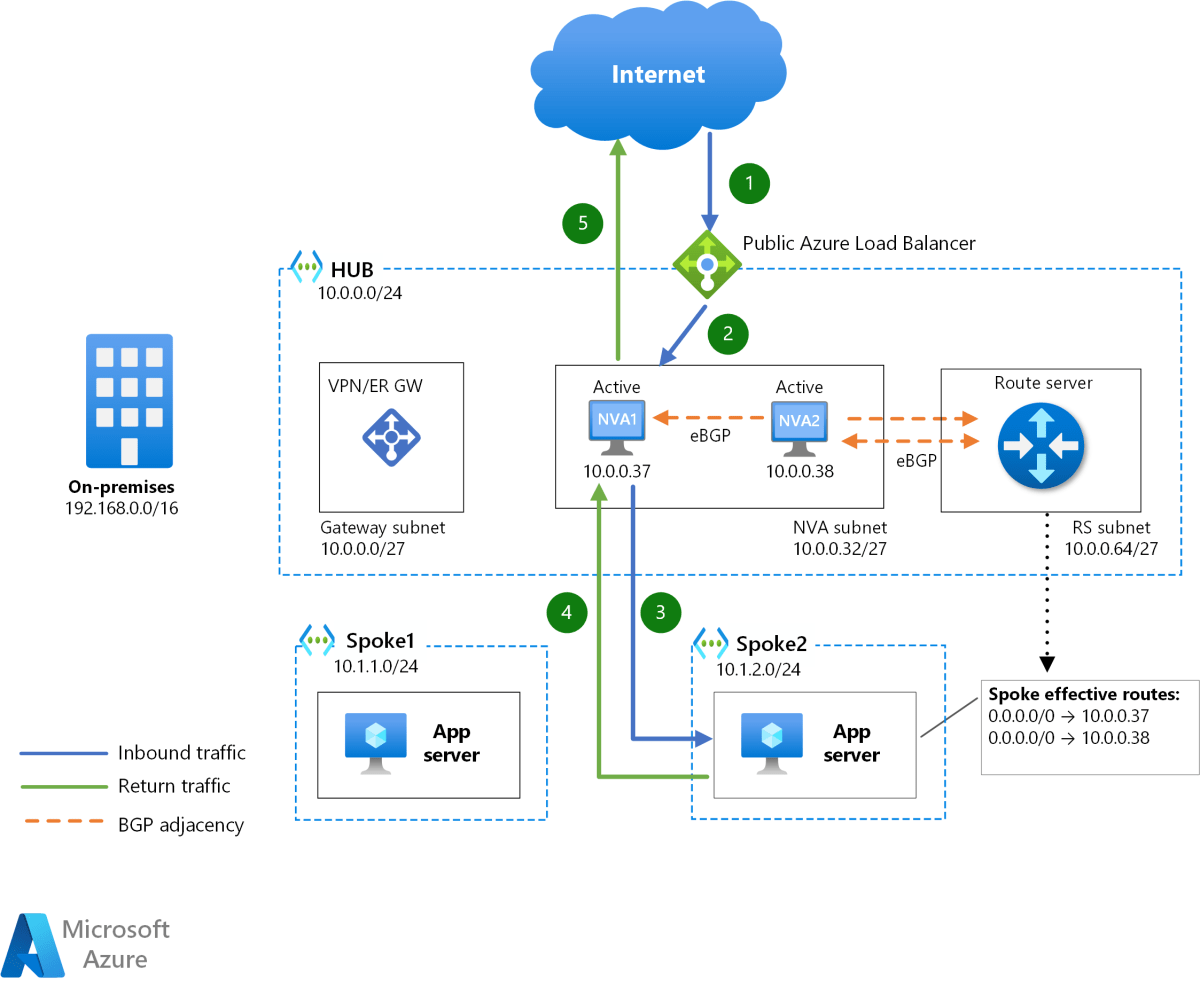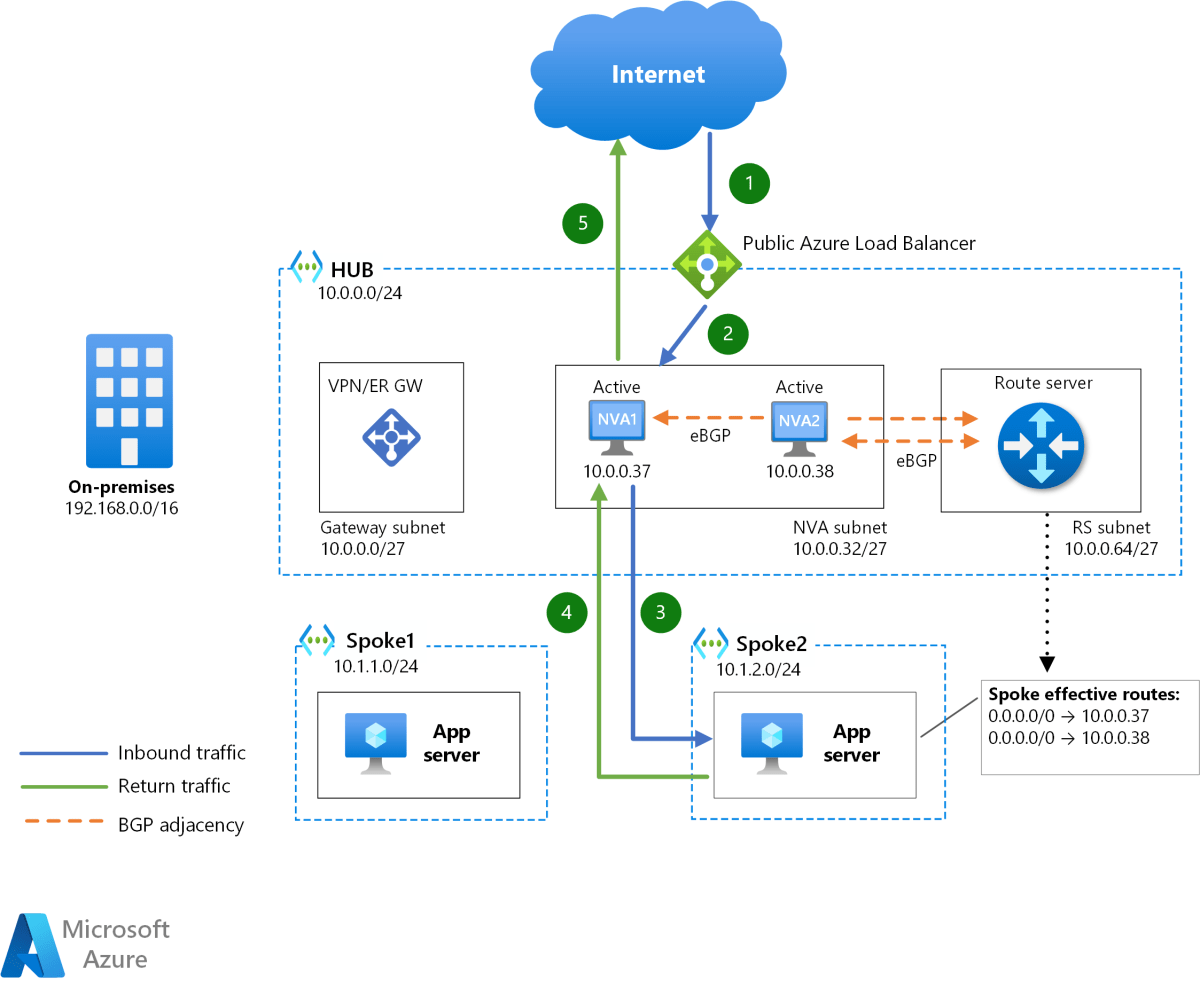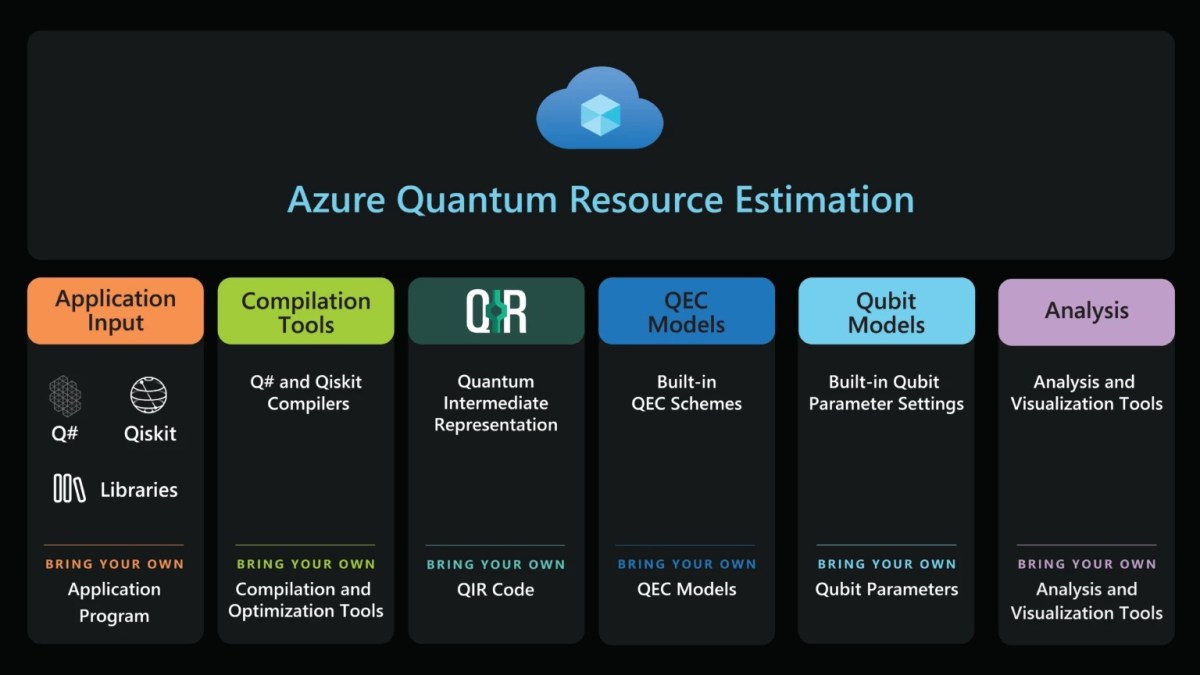Azure Virtual Machines: 7 Powerful Benefits You Can’t Ignore
Welcome to the world of cloud computing, where flexibility meets performance. Azure Virtual Machines offer businesses scalable, secure, and cost-effective solutions for running workloads in the cloud—without the need for physical hardware. Let’s dive into everything you need to know.
What Are Azure Virtual Machines?

Azure Virtual Machines (VMs) are on-demand, scalable computing resources provided by Microsoft Azure that allow users to run a wide variety of operating systems and applications in the cloud. These virtual machines function like traditional physical servers but with the added advantages of cloud agility, elasticity, and global availability. Whether you’re deploying a simple web server or a complex enterprise application, Azure VMs provide the infrastructure needed to support your digital transformation.
How Azure VMs Work
Azure Virtual Machines operate on Microsoft’s global network of data centers. When you create a VM in Azure, you’re essentially provisioning a virtualized server environment that runs on top of physical hardware managed by Microsoft. This abstraction allows you to focus on your applications and workloads without worrying about the underlying infrastructure.
- Users select a VM size based on CPU, memory, storage, and networking requirements.
- VMs can run Windows, Linux, or custom operating system images.
- Each VM is isolated for security and performance, with dedicated resources allocated as per the chosen tier.
The platform uses Hyper-V and other virtualization technologies to deliver high-performance virtual environments. You can deploy VMs through the Azure portal, PowerShell, Azure CLI, or infrastructure-as-code tools like Terraform and ARM templates.
Core Components of Azure VM Architecture
Understanding the building blocks of Azure Virtual Machines helps in designing efficient and resilient cloud architectures. Key components include:
- Virtual Network (VNet): Enables secure communication between VMs and other Azure resources.
- Network Interface (NIC): Connects the VM to the network, assigning IP addresses and managing traffic.
- Storage Accounts and Managed Disks: Store the VM’s operating system and data disks with redundancy options like LRS, ZRS, or GRS.
- Availability Sets and Zones: Improve fault tolerance by distributing VMs across physical servers and data centers.
- Public and Private IPs: Control how VMs are accessed from the internet or internal networks.
These components work together to ensure that Azure Virtual Machines are not only powerful but also highly available and secure.
“Azure Virtual Machines give you the flexibility of virtualization without the need to buy and maintain the physical hardware that runs it.” — Microsoft Azure Documentation
Key Features of Azure Virtual Machines
Azure Virtual Machines come packed with features designed to meet enterprise-grade demands while maintaining ease of use and operational efficiency. From automated scaling to advanced security, these capabilities make Azure VMs a top choice for businesses migrating to the cloud.
Scalability and Elasticity
One of the most compelling features of Azure Virtual Machines is their ability to scale up or out based on demand. You can adjust VM size (scale up) or increase the number of instances (scale out) using Azure Virtual Machine Scale Sets.
- Scale sets allow automatic scaling based on CPU usage, memory, or custom metrics.
- Supports both manual and policy-driven scaling rules.
- Integrates seamlessly with Azure Monitor for real-time performance tracking.
This elasticity ensures optimal performance during traffic spikes and cost savings during low-usage periods. For example, an e-commerce site can automatically add VM instances during holiday sales and scale down afterward.
High Availability and Fault Tolerance
Downtime can be costly. Azure addresses this with built-in high availability mechanisms. By placing VMs in Availability Sets or Availability Zones, you protect against hardware failures and data center outages.
- Availability Sets: Distribute VMs across multiple update and fault domains within a single region.
- Availability Zones: Span VMs across physically separate data centers within a region for zone redundancy.
- Proximity Placement Groups: Minimize latency by co-locating VMs and related resources in the same physical location.
These strategies ensure your applications remain accessible even during infrastructure disruptions, meeting stringent SLAs of up to 99.95% for VMs in Availability Zones.
Security and Compliance
Security is embedded into the design of Azure Virtual Machines. Microsoft provides multiple layers of protection, including network security groups (NSGs), Azure Firewall, disk encryption, and integration with Azure Active Directory.
- Use Azure Disk Encryption (ADE) to encrypt OS and data disks using BitLocker (Windows) or DM-Crypt (Linux).
- Leverage Just-in-Time (JIT) VM access via Azure Security Center to reduce exposure to attacks.
- Apply role-based access control (RBAC) to manage who can create, modify, or delete VMs.
Azure also complies with global standards such as ISO 27001, HIPAA, GDPR, and SOC, making it suitable for regulated industries like finance and healthcare.
Types of Azure Virtual Machines
Not all workloads are the same, and Azure recognizes this by offering a wide range of VM types tailored to specific use cases. Choosing the right VM type is crucial for balancing performance, cost, and scalability.
General Purpose VMs
General Purpose VMs (e.g., B, D, and DV2 series) are ideal for balanced workloads that require a mix of compute, memory, and networking resources. They are commonly used for web servers, small to medium databases, and development environments.
- B-series VMs offer cost-effective burstable performance for intermittent workloads.
- D-series VMs provide strong CPU performance and SSD-based temporary storage.
- Suitable for applications with moderate traffic and predictable resource needs.
For startups and small businesses, general-purpose VMs offer an excellent entry point into Azure with predictable pricing and solid performance.
Compute Optimized VMs
Compute Optimized VMs (e.g., F-series) are designed for CPU-intensive tasks such as batch processing, media encoding, and scientific simulations. These VMs deliver high CPU-to-memory ratios, making them perfect for applications that demand raw processing power.
- F-series VMs are based on Intel Xeon processors and offer high clock speeds.
- Ideal for engineering simulations, rendering farms, and high-performance computing (HPC) workloads.
- Often used in conjunction with parallel processing frameworks.
Organizations running complex algorithms or real-time analytics benefit significantly from compute-optimized instances.
Memory Optimized VMs
Memory Optimized VMs (e.g., E, M, and EV3 series) are built for workloads that require large amounts of RAM, such as in-memory databases, real-time analytics, and large-scale caching systems.
- E-series VMs offer high memory-to-CPU ratios and are optimized for enterprise applications like SAP HANA.
- M-series VMs support massive memory configurations (up to 3.8 TB) for ultra-large databases.
- Commonly used in financial modeling, big data processing, and real-time decision engines.
For companies running SAP, Oracle, or SQL Server workloads, memory-optimized VMs ensure fast query responses and smooth transaction processing.
Use Cases for Azure Virtual Machines
Azure Virtual Machines are incredibly versatile, supporting a wide array of applications across industries. Their flexibility makes them suitable for both traditional IT environments and modern cloud-native architectures.
Running Legacy Applications in the Cloud
Many organizations still rely on legacy applications that were not built for the cloud. Azure VMs allow these businesses to lift-and-shift their existing workloads without major re-architecting.
- Migrate on-premises servers to Azure using Azure Migrate.
- Continue using older operating systems or software dependencies.
- Reduce hardware maintenance costs while improving availability.
This approach enables gradual modernization while maintaining business continuity.
DevOps and Testing Environments
Development and testing teams benefit greatly from Azure Virtual Machines. With on-demand provisioning, developers can spin up isolated environments for coding, testing, and CI/CD pipelines.
- Create identical environments for development, staging, and production.
- Automate VM deployment using scripts or DevOps tools like Azure DevOps.
- Save costs by deallocating VMs when not in use.
This agility accelerates software delivery and improves collaboration across teams.
Disaster Recovery and Backup Solutions
Azure VMs play a critical role in disaster recovery strategies. By replicating on-premises VMs to Azure using Azure Site Recovery (ASR), organizations can ensure business continuity during outages.
- Failover to Azure VMs within minutes during a disaster.
- Test recovery plans without affecting production systems.
- Reduce RTO (Recovery Time Objective) and RPO (Recovery Point Objective).
Many enterprises use Azure as a cost-effective alternative to maintaining secondary physical data centers.
Pricing and Cost Management for Azure Virtual Machines
Understanding the pricing model of Azure Virtual Machines is essential for optimizing cloud spending. Azure offers flexible pricing options that cater to different usage patterns and budget constraints.
Pay-As-You-Go vs. Reserved Instances
Azure charges for VMs based on usage time, with two primary models: Pay-As-You-Go and Reserved Instances.
- Pay-As-You-Go: Pay only for the seconds or minutes the VM is running. Ideal for variable or short-term workloads.
- Reserved Instances: Commit to 1 or 3 years for significant discounts (up to 72%). Best for stable, long-running workloads.
- Reservations can be applied to specific VM sizes or shared across a VM family.
For predictable workloads like databases or domain controllers, reservations offer substantial cost savings.
Spot VMs for Cost-Effective Workloads
Spot VMs allow you to run interruptible workloads at deeply discounted rates—up to 90% off regular prices. These are ideal for batch jobs, rendering, and non-critical processing tasks.
- Spot VMs can be evicted when capacity is needed elsewhere in Azure.
- You can set eviction policies and receive a 30-second warning before shutdown.
- Perfect for HPC, machine learning training, and data analytics pipelines.
By leveraging Spot VMs, organizations can drastically reduce compute costs for fault-tolerant applications.
Monitoring and Optimizing VM Costs
To avoid unexpected bills, it’s crucial to monitor and optimize VM usage. Azure provides tools like Cost Management + Billing and Azure Advisor to help identify inefficiencies.
- Identify underutilized VMs and resize or shut them down.
- Use Azure Advisor recommendations to switch to reserved instances or more cost-effective SKUs.
- Set budget alerts to get notified when spending exceeds thresholds.
Regular cost reviews ensure that your Azure investment delivers maximum value.
How to Create and Manage Azure Virtual Machines
Creating and managing Azure Virtual Machines is straightforward, thanks to the intuitive Azure portal and powerful command-line tools. Whether you’re a beginner or an advanced user, Azure provides multiple pathways to deploy and manage your VMs.
Step-by-Step Guide to Deploying a VM
Deploying a VM in Azure can be done in minutes. Here’s a basic walkthrough:
- Log in to the Azure portal.
- Navigate to “Virtual Machines” and click “Create”.
- Choose a subscription and resource group.
- Select a VM image (e.g., Windows Server, Ubuntu, CentOS).
- Configure authentication (password or SSH key).
- Set up networking (VNet, subnet, NSG).
- Review and create the VM.
<5>Choose a VM size based on your requirements.
Once deployed, you can connect via RDP (Windows) or SSH (Linux) and start installing applications.
Using Azure CLI and PowerShell
For automation and scripting, Azure CLI and PowerShell offer powerful alternatives to the portal.
- Azure CLI is cross-platform and ideal for Linux and macOS users.
- PowerShell provides deep integration with Windows environments.
- Both support infrastructure-as-code practices using JSON templates or scripts.
Example CLI command to create a VM:az vm create --name MyVM --resource-group MyResourceGroup --image UbuntuLTS --size Standard_D2s_v3
Managing VMs with Azure Automation and Runbooks
Azure Automation allows you to automate routine tasks like starting, stopping, or patching VMs using runbooks.
- Schedule VM shutdowns during non-business hours to save costs.
- Automate OS updates using Update Management.
- Integrate with Logic Apps for complex workflows.
This reduces manual intervention and improves operational efficiency.
Best Practices for Optimizing Azure Virtual Machines
To get the most out of Azure Virtual Machines, it’s important to follow industry best practices for performance, security, and cost efficiency.
Right-Sizing Your VMs
Choosing the right VM size is critical. Oversized VMs lead to wasted resources and higher costs, while undersized ones can cause performance bottlenecks.
- Use Azure Monitor to track CPU, memory, and disk usage over time.
- Resize VMs dynamically without downtime in most cases.
- Consider using Azure Migrate to assess on-premises workloads before migration.
Regular performance reviews help maintain optimal resource allocation.
Implementing Backup and Disaster Recovery
Data loss can be catastrophic. Always enable backup for your Azure VMs using Azure Backup.
- Configure automated backup policies with retention periods.
- Test restore operations periodically to ensure reliability.
- Integrate with Azure Site Recovery for full disaster recovery.
These measures protect against accidental deletions, ransomware, and hardware failures.
Securing VMs with Network Security Groups and Firewalls
Network security is paramount. Use Network Security Groups (NSGs) to control inbound and outbound traffic.
- Restrict RDP and SSH access to specific IP ranges.
- Use Application Security Groups (ASGs) to simplify rule management.
- Deploy Azure Firewall for advanced threat protection and filtering.
Combine these with endpoint protection solutions like Microsoft Defender for Cloud for comprehensive security.
What are Azure Virtual Machines used for?
Azure Virtual Machines are used for a wide range of purposes, including hosting web applications, running enterprise databases, supporting development and testing environments, enabling disaster recovery, and deploying high-performance computing workloads. They provide the flexibility to run both Windows and Linux workloads in the cloud with scalable resources.
How much do Azure Virtual Machines cost?
The cost of Azure Virtual Machines varies based on VM size, region, operating system, and pricing model (Pay-As-You-Go, Reserved Instances, or Spot VMs). Prices can range from a few dollars per month for B-series burstable VMs to thousands for high-memory M-series instances. Use the Azure Pricing Calculator to estimate costs based on your specific needs.
Can I migrate my on-premises servers to Azure VMs?
Yes, you can migrate on-premises servers to Azure Virtual Machines using tools like Azure Migrate and Azure Site Recovery. These tools assess your current environment, replicate servers to Azure, and allow for testing and cutover with minimal downtime, making the migration process smooth and efficient.
Are Azure VMs secure?
Yes, Azure Virtual Machines are secure by design. They include features like disk encryption, network security groups, role-based access control, and integration with Microsoft Defender for Cloud. Additionally, Azure complies with major security standards, ensuring your data and applications are protected.
How do I automate VM management in Azure?
You can automate VM management using Azure Automation, PowerShell scripts, Azure CLI, or infrastructure-as-code tools like Terraform and ARM templates. Automation helps with tasks like provisioning, patching, scaling, and shutting down VMs based on schedules or performance metrics.
In conclusion, Azure Virtual Machines offer a powerful, flexible, and secure foundation for running workloads in the cloud. From general-purpose computing to high-performance scenarios, they support a vast array of use cases across industries. With features like scalability, high availability, and cost-effective pricing models, Azure VMs empower organizations to innovate faster and operate more efficiently. By following best practices in deployment, security, and cost management, businesses can fully leverage the potential of Azure’s virtualization platform.
Further Reading:

